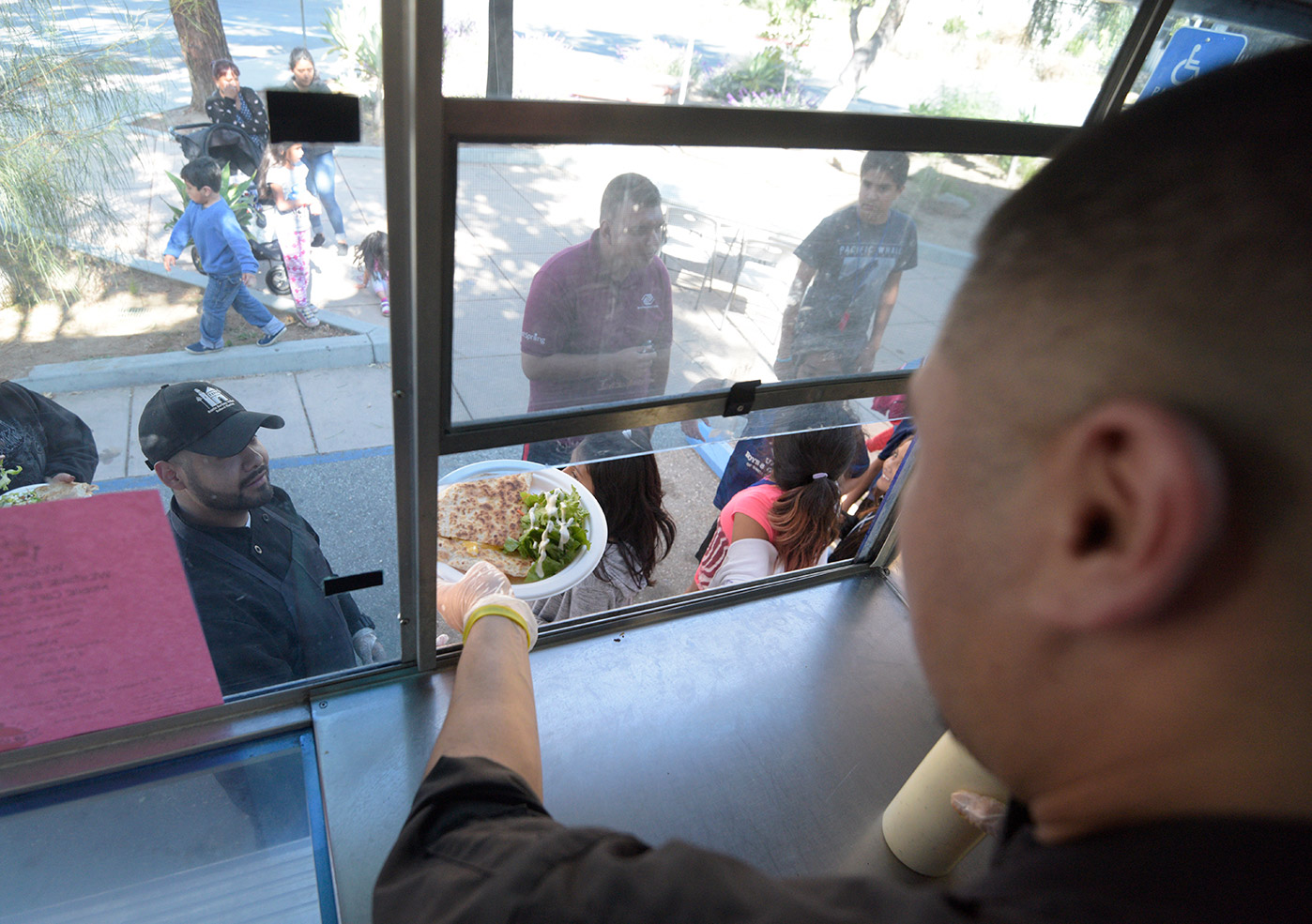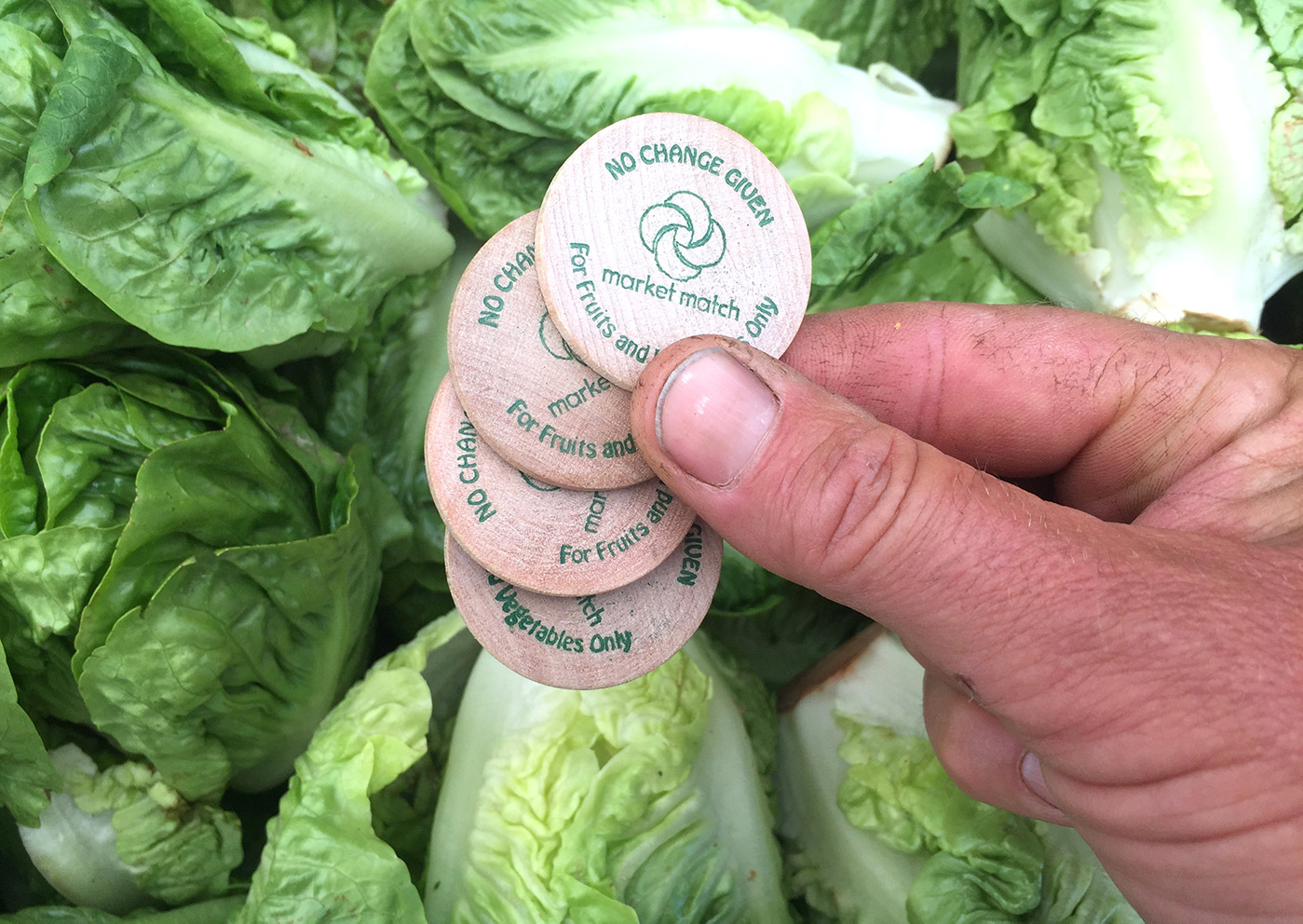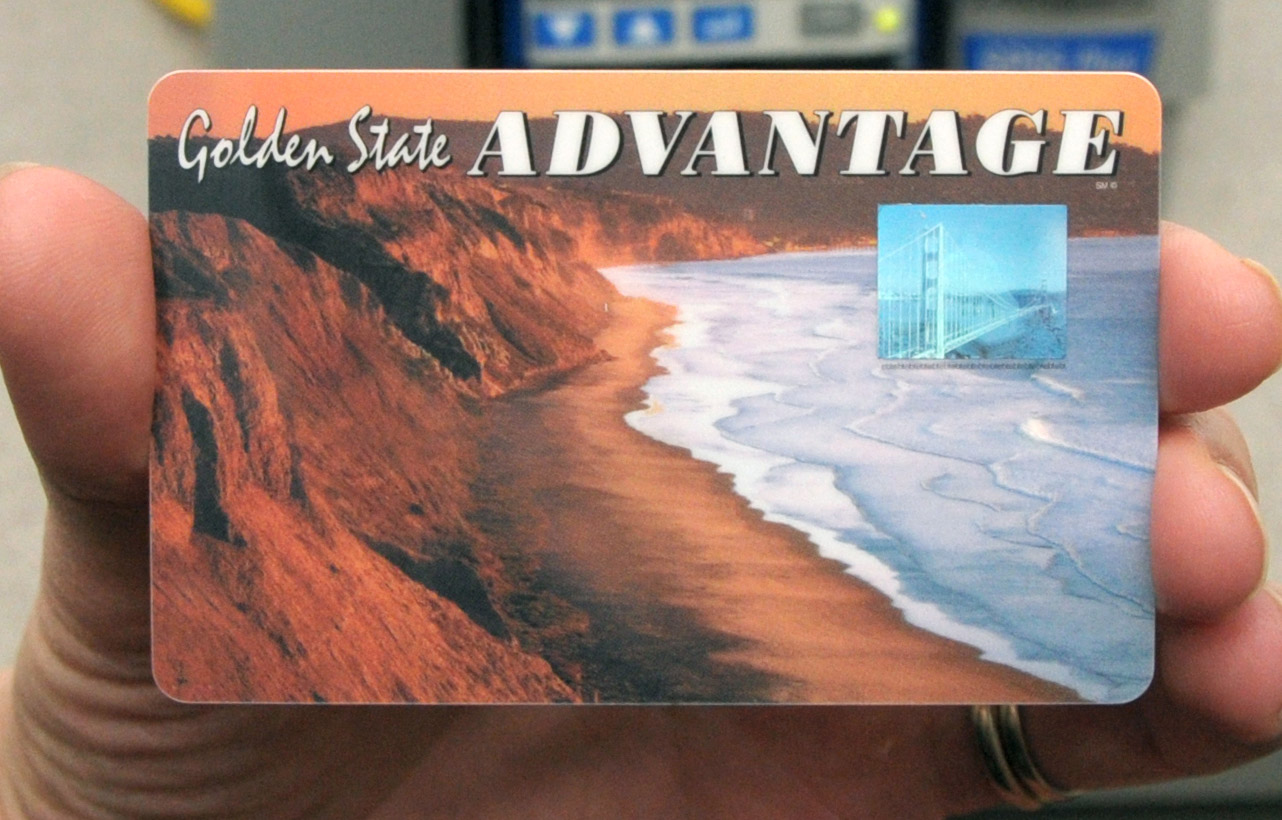Turning Hunger into Health
Foodbank’s Eric Talkin Reflects on a Decade of Work

Erik Talkin celebrated the 10 years he’s spent running the Foodbank of Santa Barbara County by publishing a book titled Hunger into Health. About the same time, the federal government issued brand-new statistics showing Santa Barbara County has the highest rate of child poverty in California, a grim punctuation mark underscoring the urgency of the Foodbank’s mission. Around town, Talkin is a hard guy to miss, a signature hat always perched on top of his head. In person, he’s focused and to the point, almost bristly. He’s got things to do. He took a few minutes out of his schedule to discuss the changes he’s seen — and the changes he’s making — with Santa Barbara Independent writer Nick Welsh. The following is an edited version of their talk.
In 10 years, how has the hunger picture in Santa Barbara changed? I think total numbers have zigzagged over that time. In 2008 there was just a huge spike.
It began to tail off in 2010. But I think we’re seeing more and more now, just a systemic level of poverty and hunger that is very, very hard to break out of. Some statistics have just come out about child poverty rates; we’re looking at a 28 percent child poverty rate in Santa Barbara County.
How does that compare across the state? I think we are the worst at the moment. We’re right up there. We’re past L.A. And then about 7 percent of those are people who are considered to be living in deep poverty.
What’s deep poverty as opposed to poverty? Poverty is defined as $30,000, I believe, for a family with two kids in Santa Barbara County. Deep poverty is half that. If we have 400,000 people in the county, then we’re looking at about 150,000, 160,000 who are living on very little money.

And how about the number of people you see? How has that changed in 10 years? Over the last six or seven years, it’s remained relatively static, but that’s about one in four people that we’re serving on a regular basis. So that’s a significant number.
How has the food that you get changed? We made a large transition from what was just classic food-bank food; that was dried goods or canned goods and generally very unhealthy food. For an organization that was trying to end hunger, we discovered it was ironic that the food we were providing actually created hunger in the short term.
How so? Anything that’s high in added sugars, or junk food, it creates an insulin spike where you have a lot of energy and then suddenly it goes away and then you’re hungrier than you actually started. So we really realized several years ago now that we needed to clean house and focus on food that was nutrient dense and would make people healthy.
What kind of reaction did that get? Obviously any change like that causes some issues at first. We had some large donors that wanted to donate a lot of soda to us. We decided eight years ago that we weren’t going to take any more candy or soda. We said, “We’ll take your water.” They said, “You have to take it all.” So they wouldn’t give us the water; they wanted to give us all of it. So we had to turn that down. And that’s typical for donated food that we get nationally. We often have to take some junk to get the good stuff.

Any other big changes? The other thing we’ve discovered is just giving people food to get by really makes no difference to their long-term health. You need the food and then what we call the “food literacy” — the skills to take whatever you have and turn it into something that’s really healthy and to make a meal in one day that you can freeze some of the rest and use it the rest of the week.
So what are the foods that people really like that you guys are providing now that you weren’t 10 years ago? About 55 percent of the food we produce is now fresh produce. Ten years ago, it would probably be around 15 percent. A lot of it is the generosity of growers in the Santa Maria Valley, but also we have this huge network that works throughout California. We hire produce solicitors to go all around California, and we buy the seconds, the ugly, supposedly ugly, fruit: the strawberries that are not huge or the broccoli that’s a little misshapen. We buy that for pennies on the dollar and then ship it all around California. It’s a very efficient system.
Oh, wow. The ugly food. The ugly food. But ugly-beautiful. Healthy.
Who hasn’t been told a million times they need to eat healthy food? I still eat doughnuts. How much do you move the needle? We’ve had so many years of people lecturing us about “eat healthy.” It becomes this noise. The approach we’ve taken is very interactive; we get kids involved in the education. We have a program called Food Literacy in Preschool. And kids are open at that age to trying something new. Typically, when kids leave preschool, they’ve decided that they only like sweet food, they only like salty food. But there is a period of time before then when you can actually get to people.

And they like produce? They learn to like produce. And we have other programs as they get older that the kids themselves make something with the produce. So if somebody gives you vegetables on a plate, steamed vegetables, you don’t necessarily want to eat them. But if you’ve made something with those vegetables, some form of stir-fry, some other dish, then studies have shown the kids are much more likely to eat them. We also have a real cooking program for teens that we do in low-income after-school programs. It’s like a nine-week program. We give kids knives. We trust them. And they learn how to cook in that period, and then they have a fiesta at the end where they cook a meal for their families. So many kids leave high school, and they just don’t know what to do with food. They’re at the mercy of either processed food or fast food. Yeah. Okay.
Do you still eat junk food? I do, yeah. I have the same struggles that everyone else does. It’s okay to have some junky stuff, as long as you’re underpinning that with a lot of healthier food and exercise. So yeah. It’s a constant struggle.
But this is a struggle that everyone has in our county. It’s not “poor people eat junk, and they’re fat, and rich people eat great food, and they’re thin.” That’s not true. People of all income brackets really struggle with being healthy with food. There are so many stresses in life that if you don’t want to drink or take drugs, then food can be an outlet for similar feelings. And that can really affect your health.
Over the next few years, we really want to work with everyone on the education side of things. Anyone who needs food will still get food, but we really want to give education to everyone. And that normalizes the situation, ’cause giving somebody charitable food is a disempowering act. It’s disempowering for kids to have to pick up free food in school. It’s humiliating for adults to do that. So a lot of the work that we’ve done over the last few years is to shift to “Let’s talk about health. How can we be healthy together?” And it may seem like a little change, but it makes a huge difference.
What do you have that can compete with pizza? Well, we make beet pancakes in our Teens Love Cooking class.
Beet pancakes? Yeah. We have one of our county supervisors who came for a visit, and he really didn’t want to try the beet pancakes because he had been forced to have beets as a child, but he was able finally to overcome and realize they didn’t taste of beets.
I can’t even imagine a beet pancake. Well, it’s pink.



